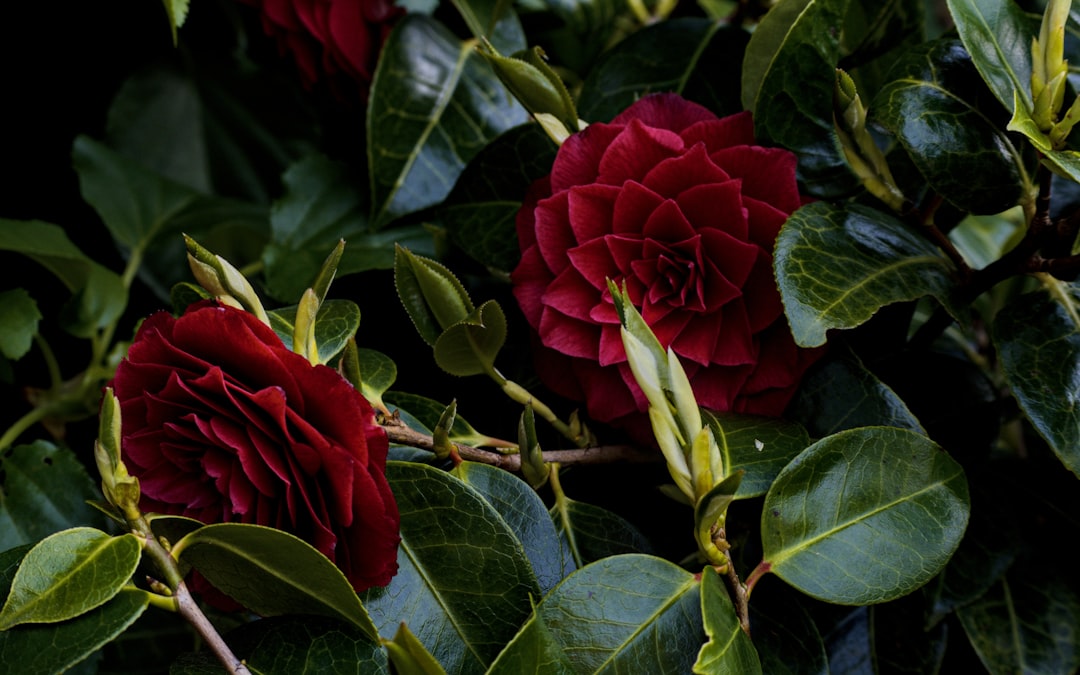Blossoming Wonders: Transforming Your Outdoor Space

Landscaping is an art form that allows you to create a harmonious and visually appealing outdoor environment. One of the most enchanting ways to enhance your landscape is by incorporating a flower garden. With a plethora of flower garden ideas at your disposal, you can transform your ordinary yard into a vibrant and fragrant oasis.
When planning your flower garden, it's essential to consider the overall shape and layout. You can opt for geometric shapes such as circles, squares, or rectangles to create a structured and formal look. Alternatively, free - form or naturalistic shapes can give your garden a more relaxed and organic feel. For instance, a meandering border of flowers can mimic the look of a wildflower meadow, adding a touch of whimsy to your landscape.
The choice of colors in your flower garden is crucial as it can evoke different moods and atmospheres. Warm colors like red, orange, and yellow are energetic and can make a bold statement. They are perfect for creating focal points in your garden. Cool colors such as blue, purple, and green, on the other hand, have a calming effect and can be used to create a serene and peaceful corner. You can also play with color combinations, like complementary colors (colors opposite each other on the color wheel) for a high - contrast and eye - catching display, or analogous colors (colors next to each other on the color wheel) for a more harmonious and subtle look.
Fragrance is another important aspect of a flower garden. Many flowers not only look beautiful but also emit delightful scents that can enhance your outdoor experience. Roses are well - known for their classic and romantic fragrance. Lavender, with its soothing aroma, is a popular choice for both its looks and smell. Jasmine, with its sweet and intoxicating scent, can fill the air in the evenings. By strategically placing fragrant flowers near seating areas or walkways, you can enjoy their scents as you go about your day in the garden.
To create a successful flower garden, you need to pay attention to the growing conditions of the flowers. Different flowers have different requirements for sunlight, soil type, and watering. Some flowers, like sunflowers, thrive in full sun, while others, such as impatiens, prefer partial shade. Make sure to research the specific needs of the flowers you choose and group them accordingly in your garden. This will ensure that they grow healthy and vibrant.
Another consideration is the seasonality of the flowers. By selecting a mix of annuals, perennials, and biennials, you can have a garden that blooms throughout the year. Annuals, such as petunias and marigolds, provide a burst of color for one growing season. Perennials, like peonies and daylilies, come back year after year, adding stability and long - term beauty to your garden. Biennials, such as foxgloves, have a two - year life cycle, adding an element of surprise and change to your landscape.
You can also incorporate other elements into your flower garden to enhance its visual appeal. For example, adding a decorative fence or trellis can provide support for climbing flowers like clematis or morning glories. A small water feature, such as a fountain or a pond, can add a sense of tranquility and attract wildlife to your garden. Statues, benches, or other garden ornaments can also serve as focal points and add personality to your outdoor space.
In conclusion, a flower garden is a wonderful way to transform your landscape. By carefully considering the shape, color, fragrance, growing conditions, seasonality, and additional elements, you can create a flower garden that is not only visually stunning but also a joy to experience. So, roll up your sleeves, get your gardening tools, and start creating your own blossoming wonderland today!